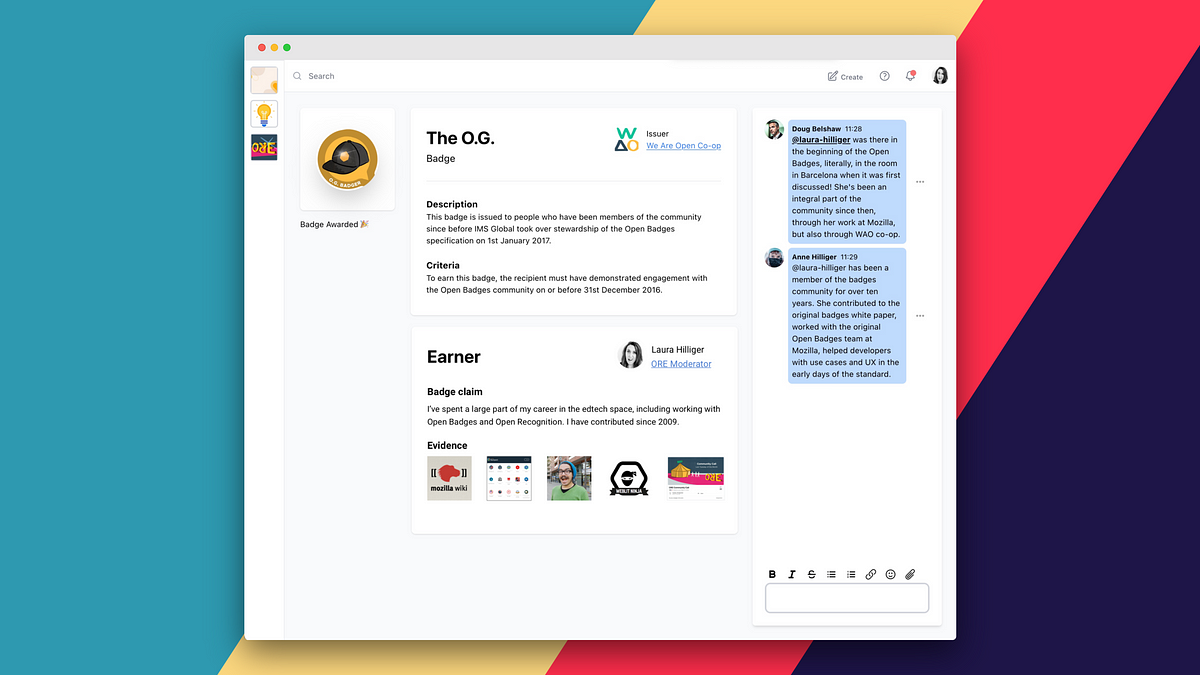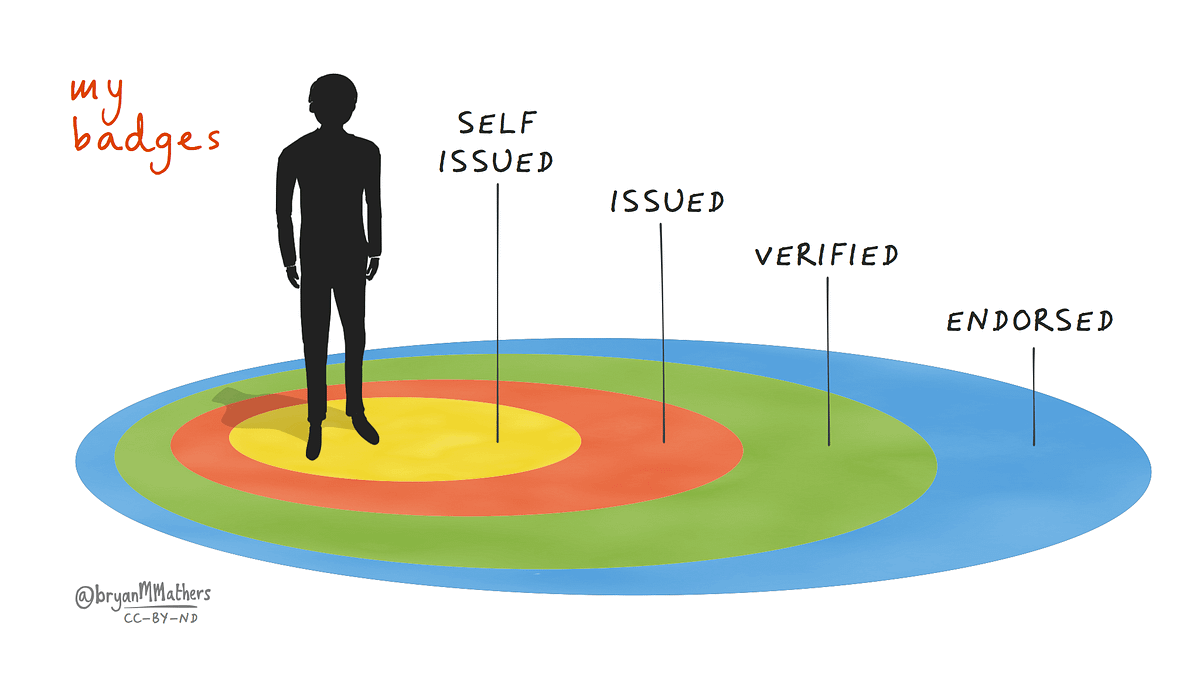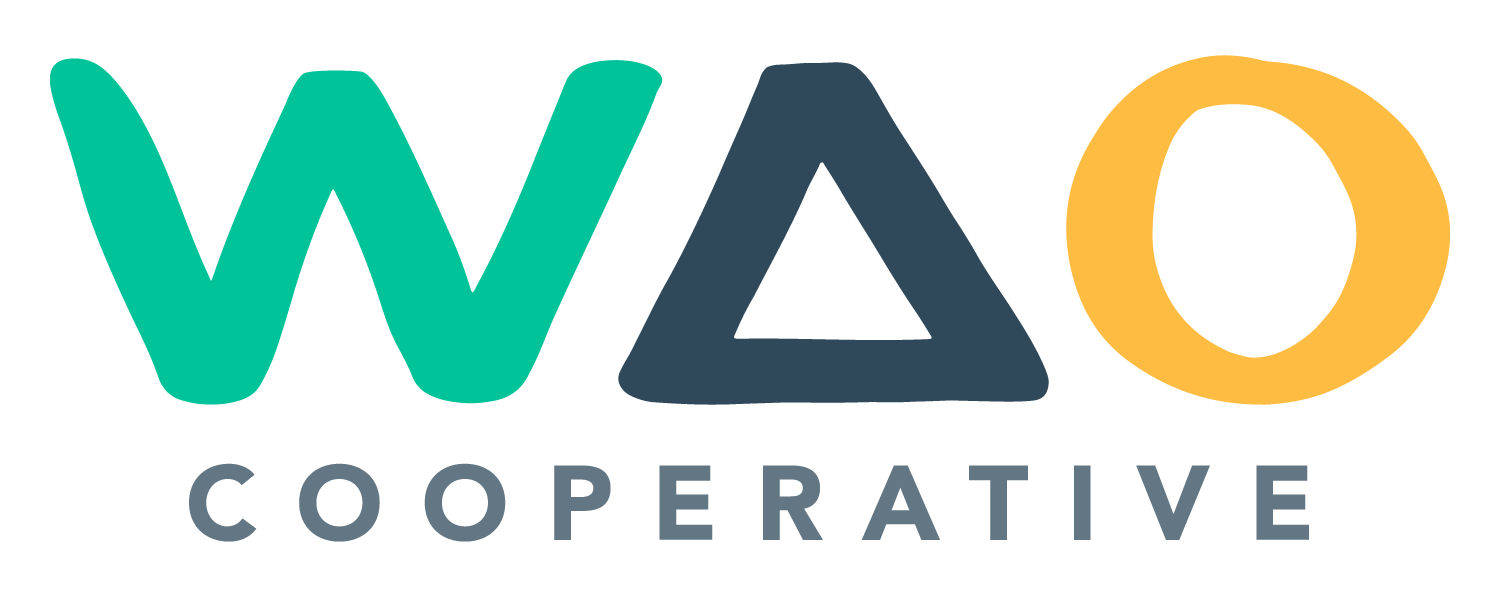Endorsement using Open Badges and Community Recognition
A guide to current and future practices

In a recent blog post, we outlined the role of endorsement in Open Badges and Open Recognition. This article aims to demonstrate how you can apply these concepts within your community, both now and in the future.
Background and context

One of the unique features of Open Badges is that anyone can issue a badge for anything. In our work with the Open Recognition is for Everybody (ORE) community, we’ve emphasised that self-issued badges are crucial for avoiding the replication of existing power hierarchies. We do not aim not to merely mimic traditional awarding bodies.
Endorsement serves as a retrospective way to lend credibility to self-asserted skills, knowledge, or positive behaviours. In other words, community members can validate your claims after you’ve made them. This not only shows what you know and can do, but demonstrates the relationship between you and others.
While endorsements have been a part of the Open Badges framework for some time, they currently need to be added when the badge is issued. This isn’t ideal for self-issued badges, as it somewhat undermines their purpose; the endorser could just as well be the issuer.
Community recognition
In established communities of practice, recognition often operates organically and informally. While long-standing members easily see these relationships, they may be less visible to newcomers or those outside the community.
One method to add this recognition to a badge is by building a mini-portfolio around it. For instance, the screenshot below illustrates how this could be implemented on the new Participate platform:
In this scenario, the self-issued badge gains credibility through additional recognition from community members. The individual can opt to share this enriched page instead of just the badge.
Workflow:
- Self-assert skills, knowledge, or behaviour.
- Seek recognition from peers.
- Peers add recommendations via comments on the badge page.
- Badge earner can delete (but not edit) comments.
- Share the page featuring the badge and recognition.
The upside of this method is its flexibility in providing additional community recognition. However, the downside is that this is confined to a specific platform.
Community endorsement

As explained in the post mentioned earlier, version 3 of the Open Badges standard is compatible with Verifiable Credentials. Using this approach, endorsements act as credentials themselves and link back to the original badge.
While an image is not required for either badges or endorsements in v3, we expect images to remain popular with the issuing of badges. For endorsements, however, we envisage people using mainly text fields.
Workflow:
- Self-assert skills, knowledge, or behaviour.
- Request endorsements from peers.
- Peers add endorsements to the badge.
- Badge earner can choose to display or hide endorsements.
- Share the badge, complete with endorsements.
The upside of this approach is its platform-agnostic nature, allowing badges and endorsements to be displayed anywhere. The current downside is its current impracticality, as no badging system yet supports the new version 3 standard in this way.

Conclusion
The true potential of Open Badges is coming to fruition, offering communities innovative ways to issue and endorse credentials without perpetuating existing power dynamics.
WAO is eager to contribute to this promising future. Get in touch if you need assistance, whether it’s for adding supporting evidence to badges now or planning for community endorsements in the future!

Discussion